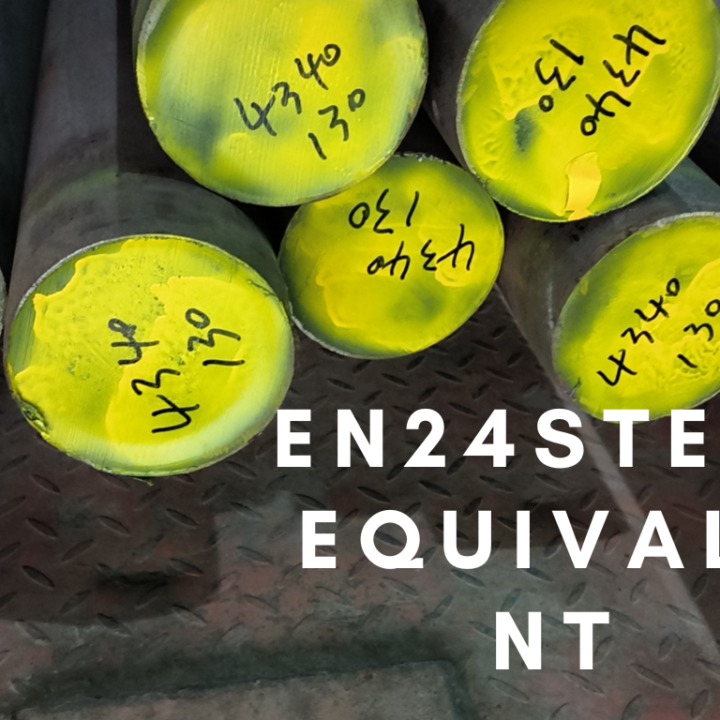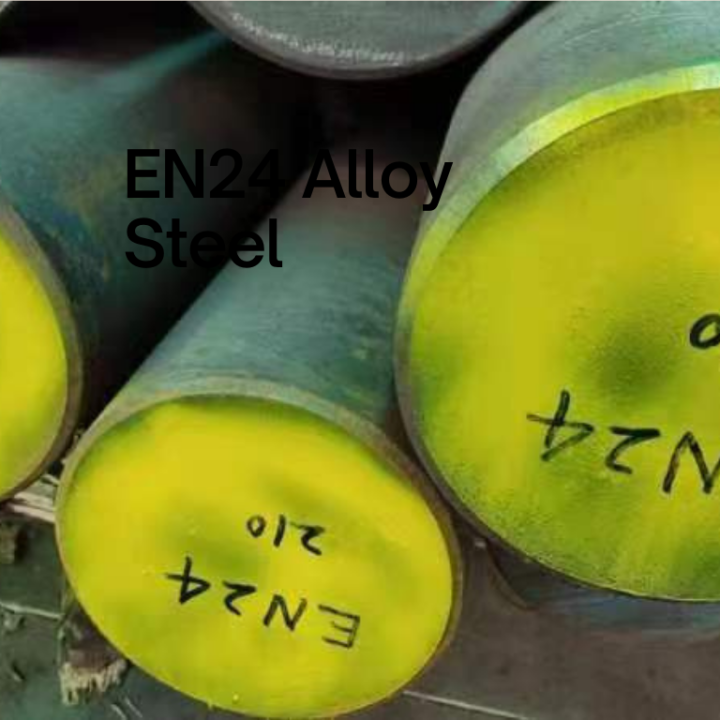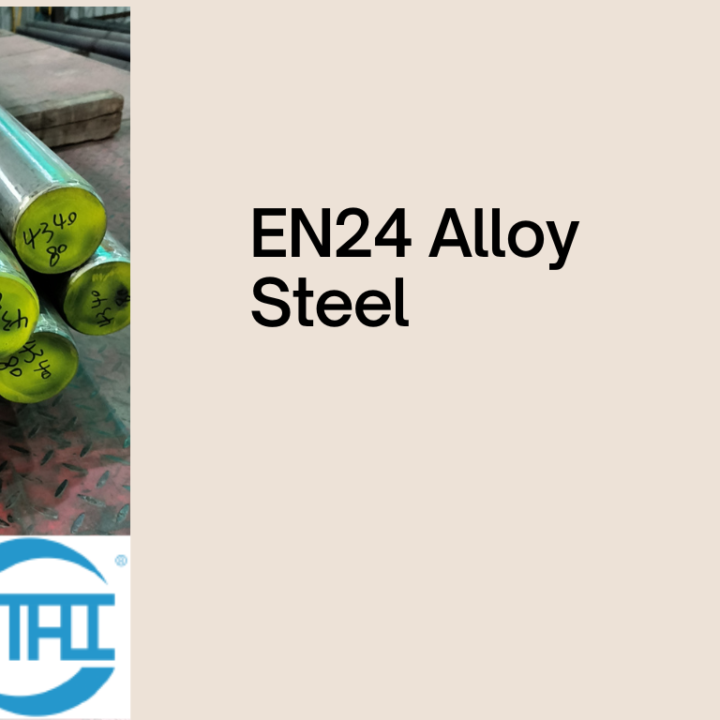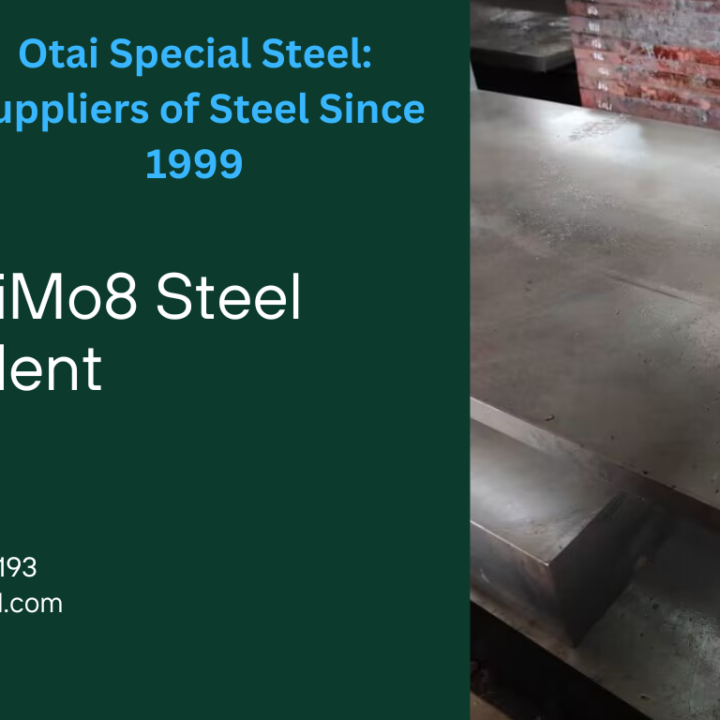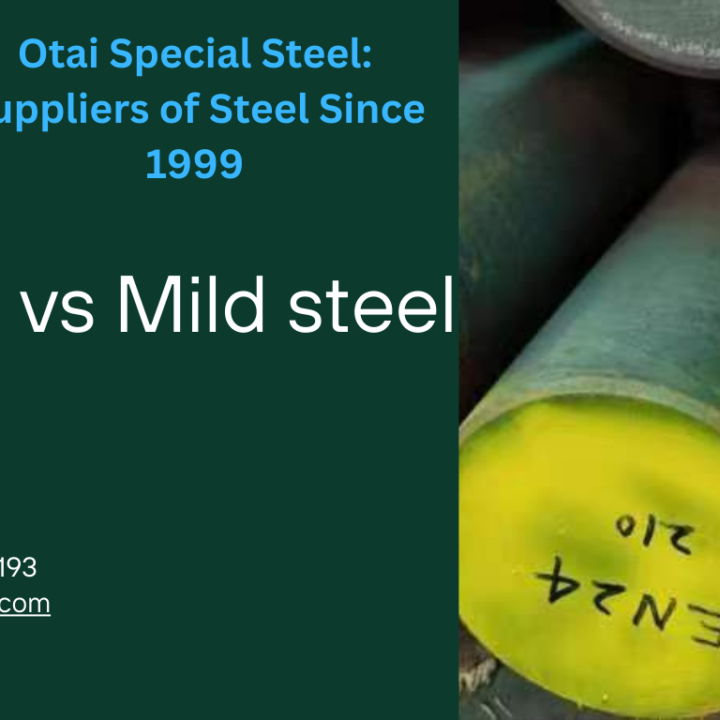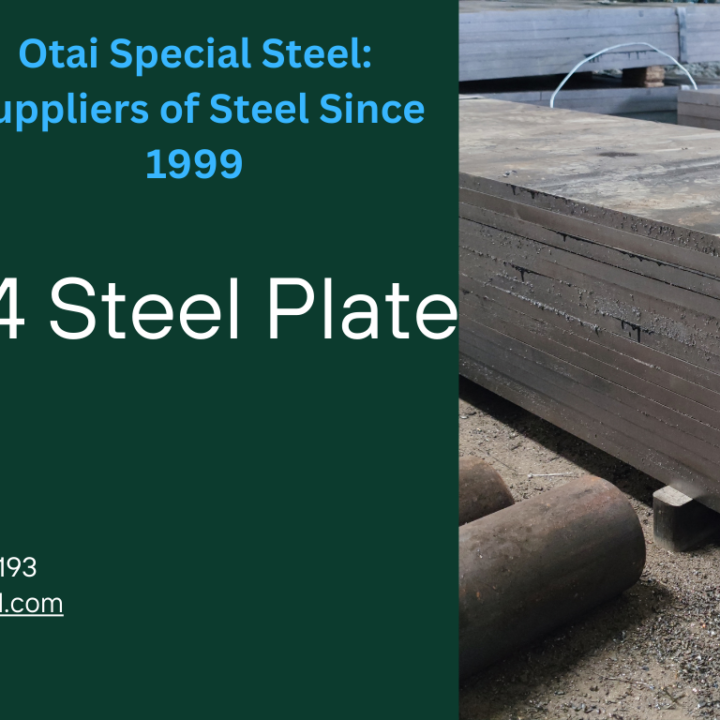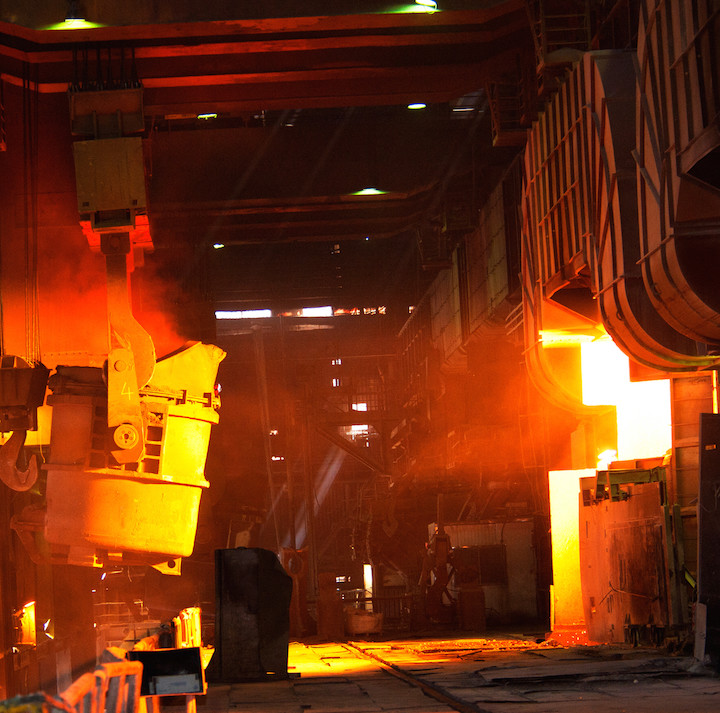How is steel made – steelmaking process
I believe that everyone has read the book on how steel is made. The spirit of the steel-like spirit of the protagonist in the book admires us. Steel is refined in the usual “hot iron”, and how does industrial steel come from?
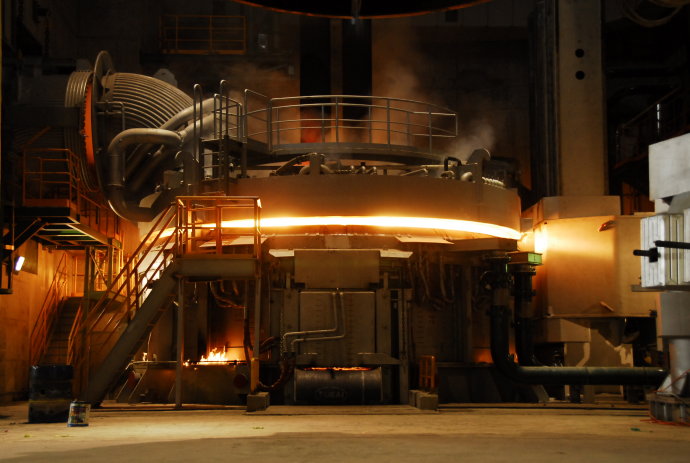
Ironmaking:
The conveying system inputs the raw materials of sinter (burned by the sinter plant), coke, limestone and the like into the cloth system at the top of the blast furnace, and the cloth system is evenly distributed into the furnace at a certain ratio. The hot air system blows the wind into the blast furnace, and the coke combustion forms a certain high temperature (1150-1200 degrees) chemical atmosphere, and the iron oxide in the sintered ore undergoes a reduction reaction under such temperature and environment.
Part of the oxygen in the ore forms carbon dioxide, part of which becomes carbon monoxide, and some impurity gases are removed by high temperature, entering the dust removal purification system and the blast furnace gas recovery system, the useless carbon dioxide is removed, and the carbon monoxide is recycled and reused. The iron in the ore is reduced to a liquid molten iron at a high temperature.
Hot metal is also called pig iron. Pig iron can be divided into three categories: one is steel for steelmaking (silicon SI content is less than 1.25%); the other is cast iron for casting parts and tools (silicon content is greater than 1.25%), and one is ferroalloy ( Mainly ferromanganese and ferrosilicon).
Steelmaking:
In essence, the molten iron (cast iron) is heated and a different element is added, and the carbon content of the iron is reduced to 0.2-1.7% by the means of oxygen blowing. A variety of different textures of steel can be produced. For example, manganese is added to make manganese steel; nickel, chromium and titanium are added to make steel that is not easy to rust.
